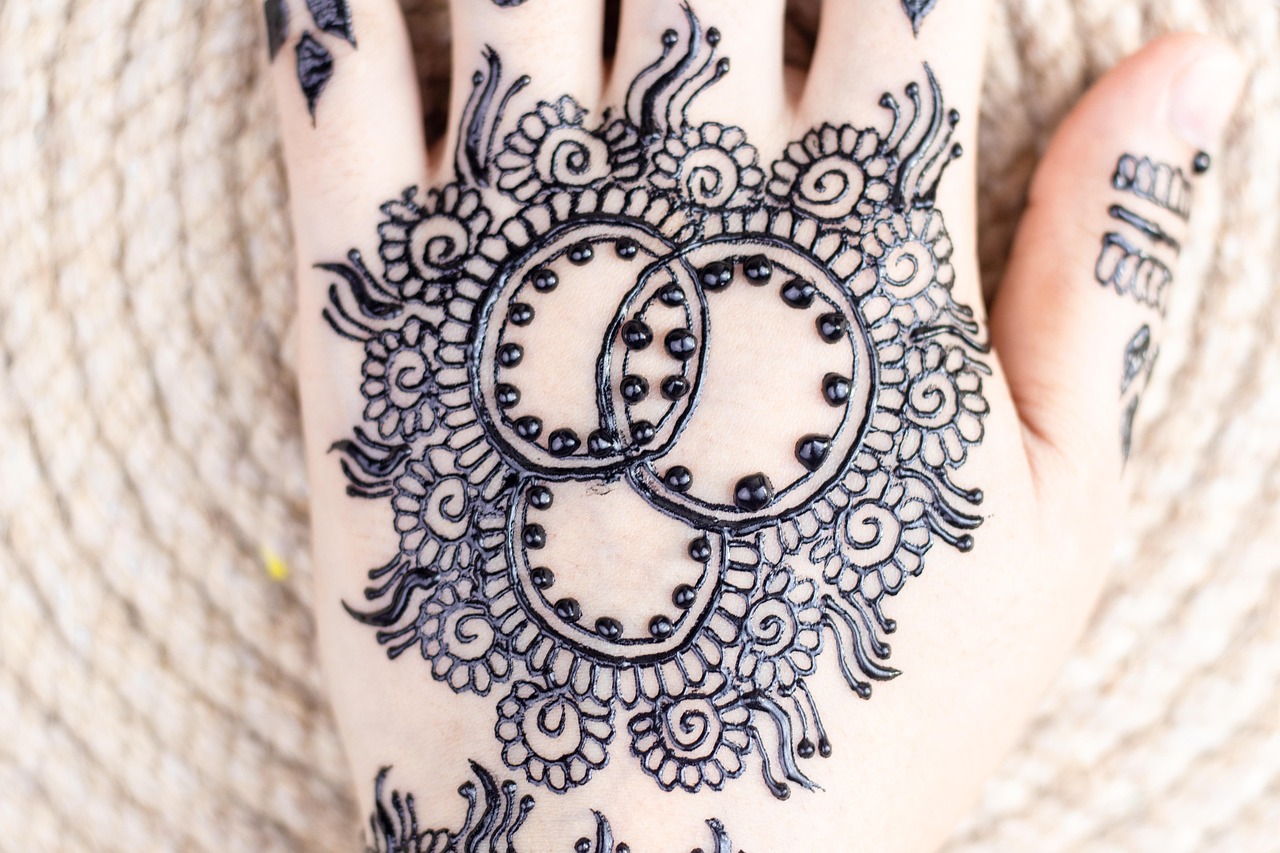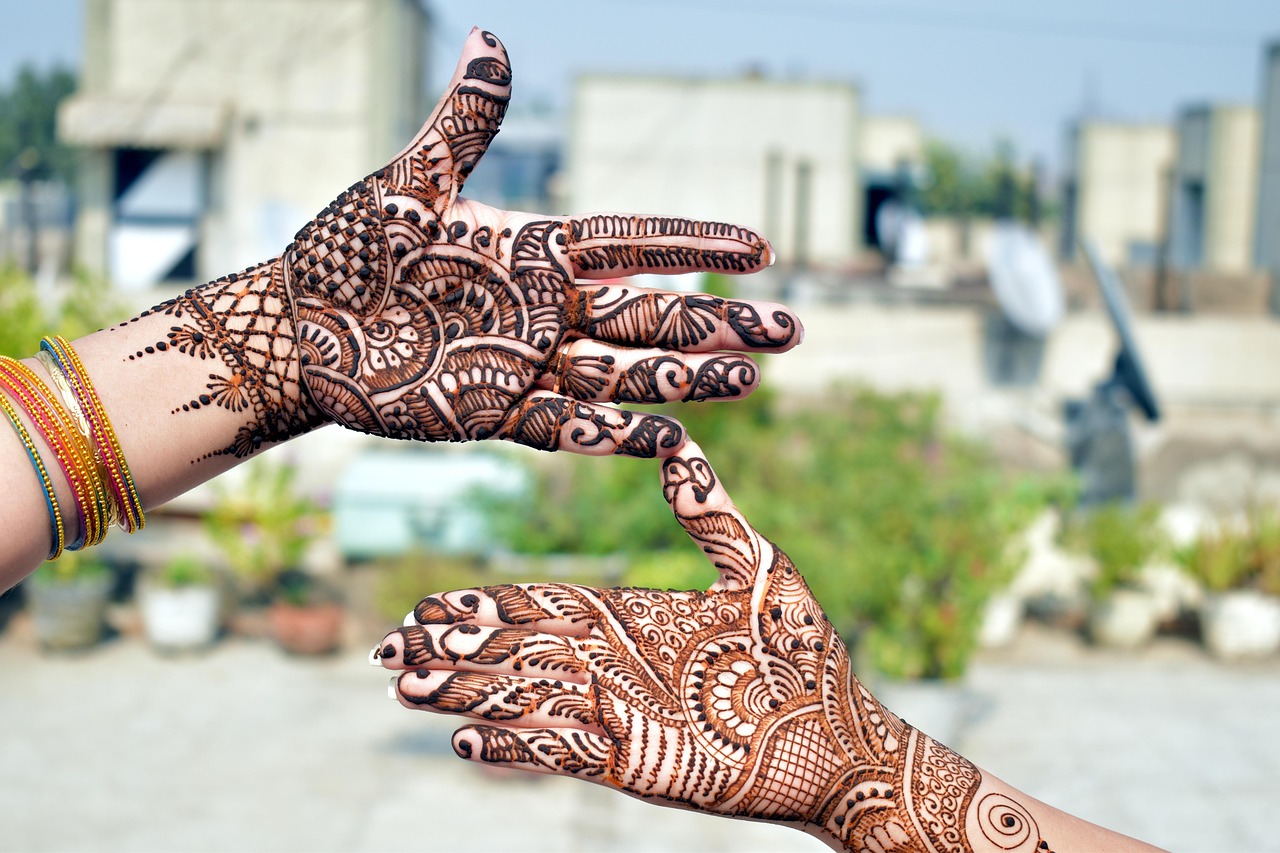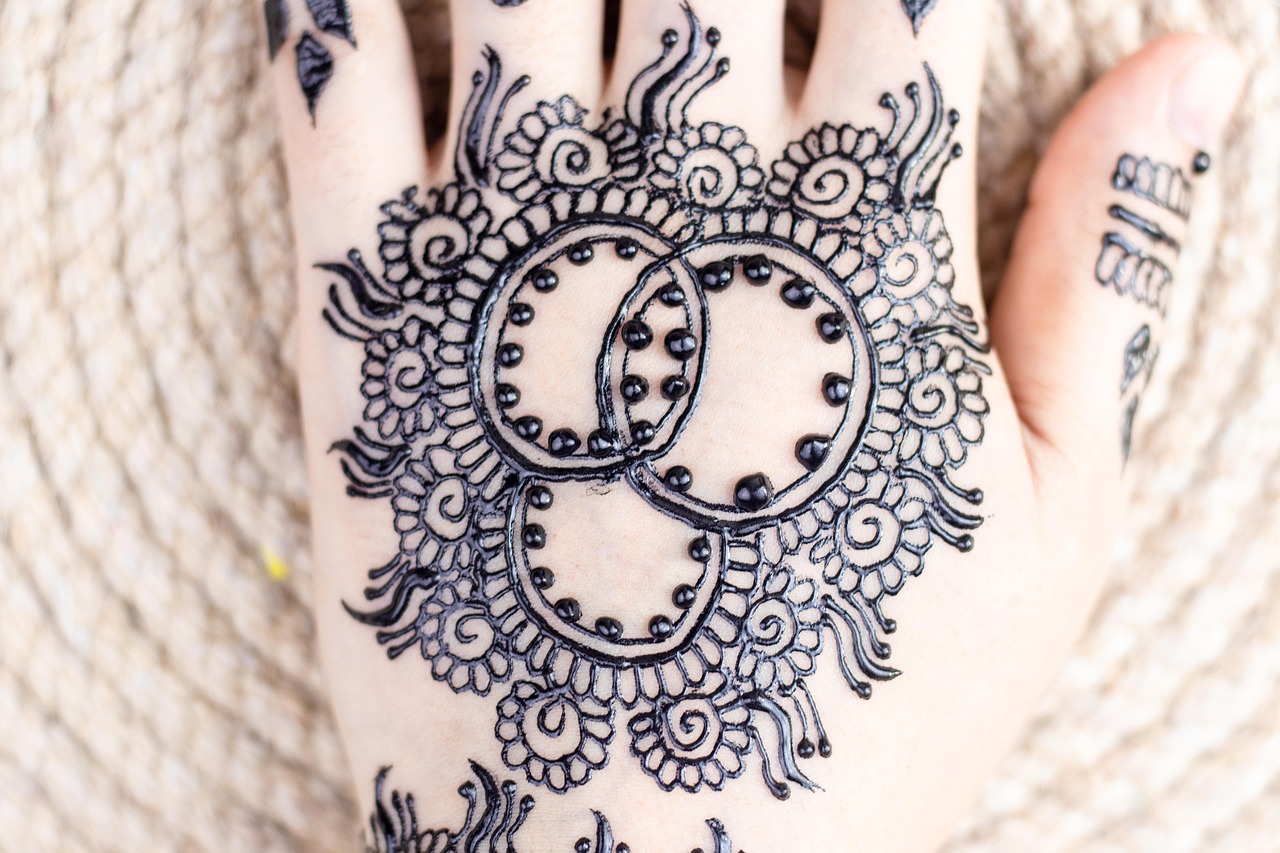Mehndi Design in Tamil: A Cultural Art Full of Elegance
Mehndi design, also referred to as henna art, holds a unique place in Tamil culture. Whether itâs a wedding, festival, or celebration, adorning hands and feet with artistic mehndi designs is a cherished tradition. In this blog post, weâll explore the beauty, significance, and specifics of “mehndi design in Tamil” for a deeper understanding of this timeless art form.
Traditional Mehndi Design in Tamil: Key Aspects
Mehndi designs in Tamil Nadu are deeply rooted in cultural significance, often inspired by themes of nature, heritage, and spirituality. These designs typically feature intricate patterns like peacocks, florals, and temple-inspired motifs. Also, Tamil Nadu’s regional styles emphasize simplicity and elegance, appealing to both minimalists and those who prefer elaborate artistry.
What makes Tamil mehndi designs unique?
Tamil mehndi designs stand out due to their incorporation of cultural elements like kolam-inspired patterns, sacred symbols, and storytelling motifs. They are often more linear compared to the dense patterns found in northern Indian styles, emphasizing clarity in each element.
Interesting Fact: Mehndiâs Medicinal Benefits
Did you know that beyond its beauty, applying mehndi has health benefits? According to research, henna acts as a natural coolant that soothes the skin, enhances blood circulation, and promotes relaxation. Learn more about the benefits of henna here.
Modern Trends in Mehndi Design in Tamil
While the traditional style is still cherished, modern Tamil mehndi designs incorporate elements that cater to evolving aesthetics. Fusion designs combine Arabic and Tamil styles, and contemporary patterns embrace geometric shapes, abstract art, and personalized elements like initials.
How are modern Tamil mehndi trends evolving?
Modern trends emphasize customization. Brides often request unique designs that blend classic motifs with modern touches like mandalas or hearts. Festivals like Pongal and Diwali also see creative innovations with minimalistic yet striking patterns.
Example: Tamil Bridesâ Favorite Designs
For many Tamil brides, lotus designs and temple-inspired aesthetics remain a favorite. Expert mehndi artists often combine traditional patterns with subtle modern adaptations for a fresh yet rooted look. A popular bridal example includes the iconic Tamil Nadu temple gopuram design as the centerpiece of their mehndi art.
Practical Tips for Choosing the Best Mehndi Design in Tamil
Picking the perfect mehndi design might seem daunting with so many options out there. Start by identifying the occasionâwhether itâs for a wedding, festival, or casual celebrationâand decide how elaborate you want the design to be. Choose patterns aligned with your outfit style and personal preferences.
How can I take care of my mehndi for a darker stain?
To achieve a rich, dark stain, avoid washing your hands immediately after applying mehndi. Let it dry naturally and keep the paste on for as long as possible. Applying lemon and sugar juice helps seal the design and enhance its color.
Expert Tip: Post-Application Care
According to top mehndi artists, the key to deep color is patience. Avoid using water for at least 8 hours after removing the dry mehndi. Additionally, gently dab your hands with heated cloves for a radiant finish.


